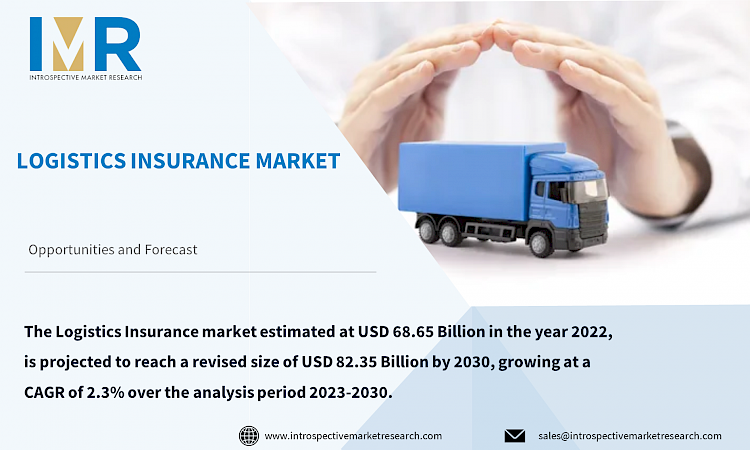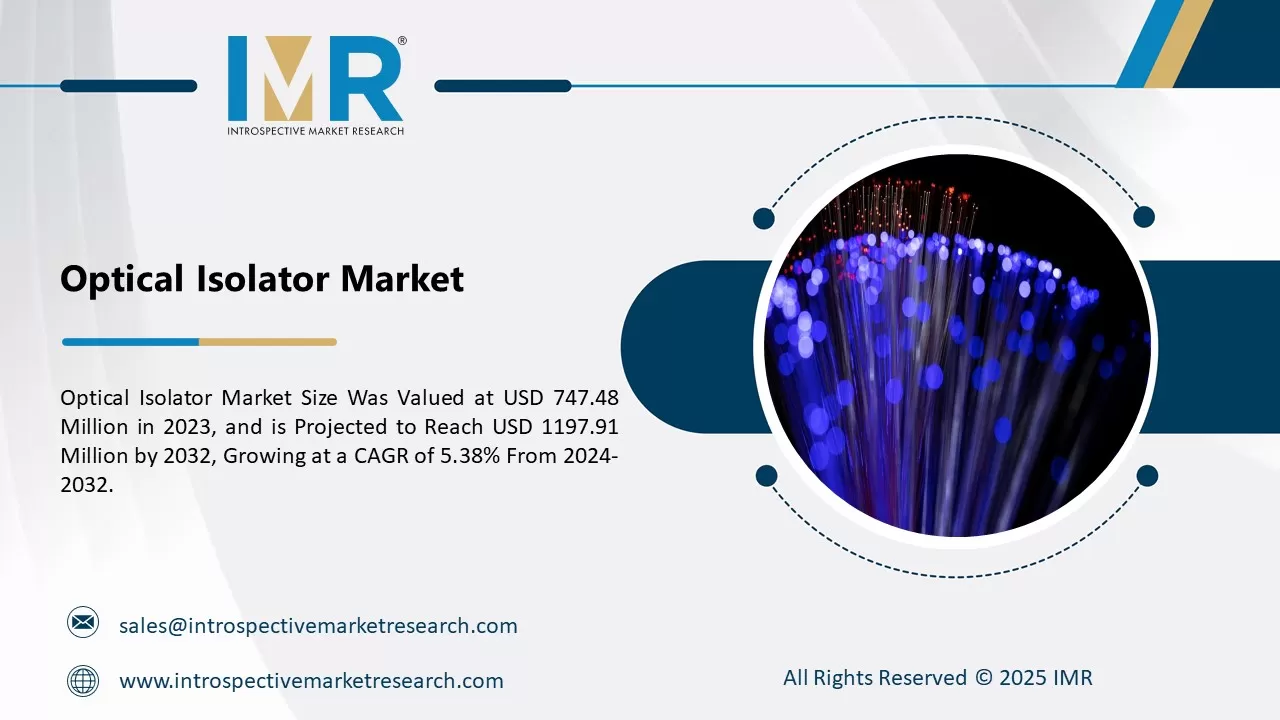Market Overview:
The Logistics Insurance market estimated at USD 68.65 Billion in the year 2022, is projected to reach a revised size of USD 82.35 Billion by 2030, growing at a CAGR of 2.3% over the analysis period 2023-2030.
Logistics Insurance is a type of insurance designed specifically to cover goods being transported by any type of vehicle, including planes, ships, trucks, and trains. It offers protection for cargo against a wide range of physical losses or damages to freight caused by outside factors while it is in transit. The goods are shipped across the world by land, sea, train, or air. There is a very high chance that the hauled goods will get lost or ruined on the way. In these circumstances, cargo insurance can be beneficial by covering the loss. Cargo insurance is essential to the supply chain industry because no shipment is ever completely secure during transit and because it is the only way to be compensated if something goes wrong.
Top Key Players in Logistics Insurance Market:
Aon PLC, Atrium Corporation, Beazley Group, Gard AS, Liberty Mutual Insurance, Mitsui Sumitomo Insurance Company Limited, Peoples Insurance Agency, Samsung Fire & Marine Insurance Co. Ltd., Sompo Japan Nipponkoa Insurance Inc., Swiss Re Ltd, and Other Major Players.
Market Dynamics and Factors for the Logistics Insurance Market:
Drivers:
Substantial growth in International Trade
The expansion of import-export operations among these nations is a result of the expanding trade contacts between diverse nations. Chances of physical harm to items as a result of mishaps brought on by outside sources including adverse weather, rotten goods, technical flaws, and others. Therefore, to avoid such occurrences, business owners get logistics insurance to be safeguarded against such damaged goods, which are of great worth because they are exported from several nations.
Opportunities:
Integration of Smart Contracts in the Logistics Insurance Sector
Blockchain can potentially improve efficiency in global trade by greatly reducing bureaucracy and paperwork. For example, a multi-stakeholder process with a lengthy paper trail could be replaced with an automated process storing information in a tamper-evident digital format. Automation services that currently require an intermediary such as insurance, legal, brokerage, and settlement services. Blockchain could be used to track a product?s lifecycle and ownership transfer from origin to store shelf, even as it changes hands between the manufacturer, logistics service provider, wholesaler, retailer, and consumer.
Segmentation Analysis of the Logistics Insurance Market:
By Type, the Marine Cargo Insurance segment dominates the Logistics Insurance Market. The foundation of international trade and the world economy is maritime transit. More than 80% of products traded internationally are transported by sea, and this proportion is significantly higher for the majority of developing nations.
By Coverage Type, Cargo Insurance dominates the Logistics Insurance Market. The most common kind of insurance used to protect shipments from physical harm or theft is cargo insurance. The value of the objects is guaranteed against damage that occurs during transport due to a well-protected cargo insurance policy.
Regional Analysis of the Logistics Insurance Market:
The European region dominates the Logistics Insurance Market. The presence of a solid logistics infrastructure and the growing use of digital insurance are the main elements supporting this region's dominance. Automating compliance with regulations in the area is also likely to promote regional growth. The pricing of policies is significantly influenced by government regulatory actions, which are anticipated to have a substantial impact on the sector as a strong driver.
Key Industry Development:
In March 2020, to provide customers with protection against physical loss or damage to their products, Maersk has partnered with Zurich Insurance Plc (Zurich). This product is called Maersk Cargo Insurance.
In July 2022, A new co-innovation solution was unveiled by NTT DATA and SAP Asia Pacific and Japan (APJ) to enhance supply chain insurance management. The solution, dubbed Connected Product, was created in collaboration with SAP SE and NTT DATA, a pioneer in global digital business and IT services. This partnership furthers the strategic alliance established between NTT and SAP SE's parent company in 2020.
Regional Outlook (Revenue in USD Million; Volume in Units, 2023-2030)
North America
- US
- Canada
- Mexico
Eastern Europe
- Bulgaria
- The Czech Republic
- Hungary
- Poland
- Romania
- Rest of Eastern Europe
Western Europe
- Germany
- UK
- France
- Netherlands
- Italy
- Russia
- Spain
- Rest of Western Europe
Asia Pacific
- China
- India
- Japan
- South Korea
- Malaysia
- Thailand
- Vietnam
- The Philippines
- Australia
- New Zealand
- Rest of APAC
Middle East & Africa
- Turkey
- Bahrain
- Kuwait
- Saudi Arabia
- Qatar
- UAE
- Israel
- South Africa
South America
- Brazil
- Argentina
- Rest of SA





